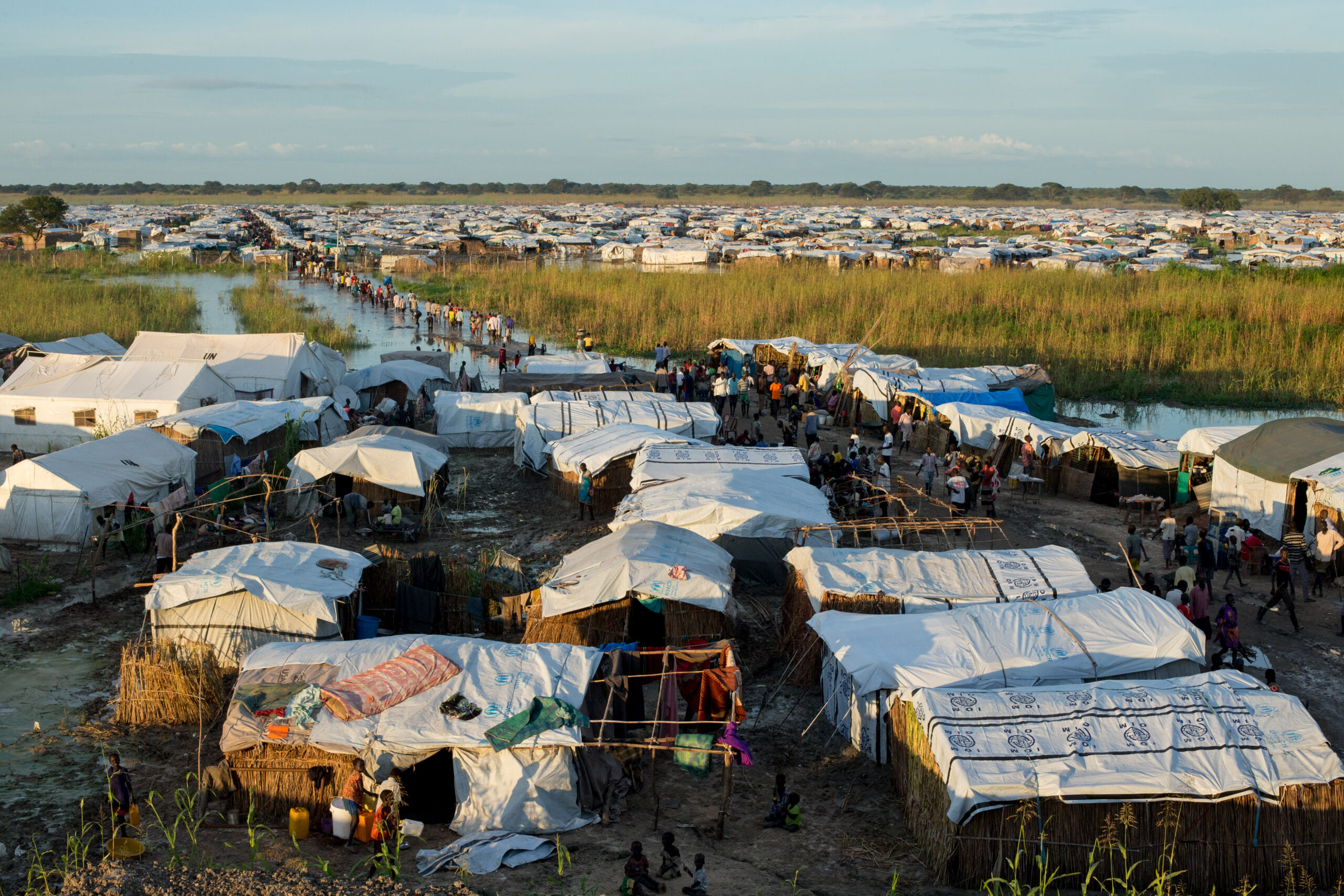

More than 13 years after gaining independence, people in South Sudan continue to face deteriorating humanitarian conditions.
Conflict, public health challenges, climatic and economic shocks, and poor governance have severely affected people’s livelihoods and hindered access to essential services.
The Human Development Index, a summary measure of average achievement in key dimensions of human development, ranks South Sudan last globally. South Sudan’s life expectancy is 55, people spend just 5.5 years in school on average and earn $768 a year.
According to the Humanitarian Needs and Response Plan (HNRP) 2024, 9 million people will be in need of humanitarian assistance, with 7.1 million South Sudanese requiring food assistance according to the Integrated Phase Classification (IPC) projection.
Having already endured consecutive years of flooding, forecasted floods for the second half of 2024 threaten to make the public health crisis, displacement and livelihood disruptions worse.
(Photo: A view of the Protection of Civilians site in Bentiu, South Sudan. Source: World Humanitarian Summit; CC BY-ND 2.0)
Latest Updates
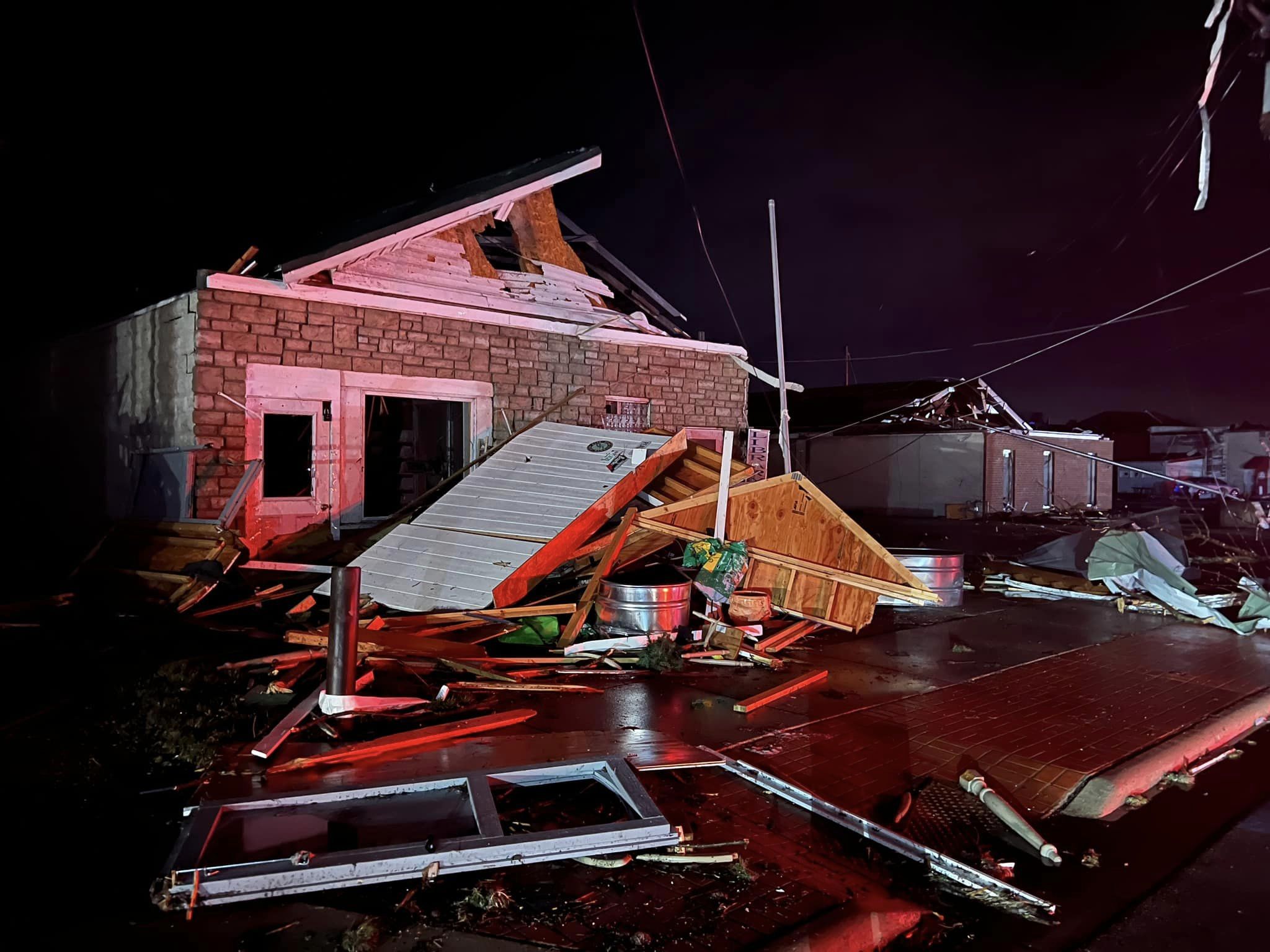
What we’re watching: Weekly disaster update, March 18
Key facts
- Approximately 67% of South Sudan’s population lives at the international poverty line and the World Bank says, “GDP per-capita growth suggest that extreme poverty will likely continue to increase, reaching 73% of the population by 2024.”
- South Sudan is among the most food-insecure countries globally. The Famine Early Warning Systems Network (FEWS NET) projects up to 70% of the population will require food aid in the lean season from July to September.
- Since the outbreak of fighting in Sudan on April 15, 2023, there’s been an influx of people fleeing the country with more than 720,000 people having crossed into South Sudan from Sudan due to the conflict as of June 30, 2024.
- As of Jan. 31, 2024, 2,269,893 South Sudanese refugees were hosted in neighboring countries, with Uganda hosting 41.8% (948,145).
Conflict and violence
South Sudan remains one of the least peaceful countries in the world, according to the 2023 Global Peace Index. South Sudan experienced a 1% deterioration of its overall score in the 2023 report, owing to deteriorations in the “ongoing conflict” and “militarization” domains.
South Sudan’s latest peace agreement, the Revitalized Agreement on the Resolution of Conflict in South Sudan (R-ARCSS), was signed in 2018. The agreement led to a fragile truce and resulted in the formation of the Transitional Government of National Unity in February 2020.
It is widely expected that the first general national elections will be held in South Sudan in December 2024, followed by the conclusion of the transitional arrangements set out and agreed to in the R-ARCSS.
In September 2022, a UN human rights team said incidents of rape had become so common in South Sudan that many women no longer report repeated sexual attacks. Rape victims lack access to medical and trauma care.
Community leaders and other individuals involved in peacebuilding work in South Sudan were interviewed by The New Humanitarian and called for long-term initiatives that build positive ties between communities that have been divided by a civil war that cleaved groups along ethnic lines.
South Sudan continues to be one of the most dangerous places for aid workers. On Nov. 6, 2023, a South Sudanese national aid worker was killed while on a field trip to respond to a suspected measles outbreak in the Greater Pibor Administrative Area.
In January 2024, 52 people, including women and children, were killed in the Abyei region, a disputed region between Sudan and South Sudan.
Exacerbating the humanitarian situation in South Sudan is the fighting that erupted in neighboring Sudan in mid-April between the Sudanese Armed Forces and Rapid Support Forces. As of June 20, 2024, more than 720,000 people had crossed into South Sudan from Sudan due to the conflict, with over 560,000 being South Sudanese.
Flooding
Consecutive years of record-breaking rains and floods covered two-thirds of the country as of late 2022 and left people without food or land to cultivate. The devastating flooding damaged shelters and schools, destroyed crops and household goods, reduced access to safe water and hindered humanitarian access.
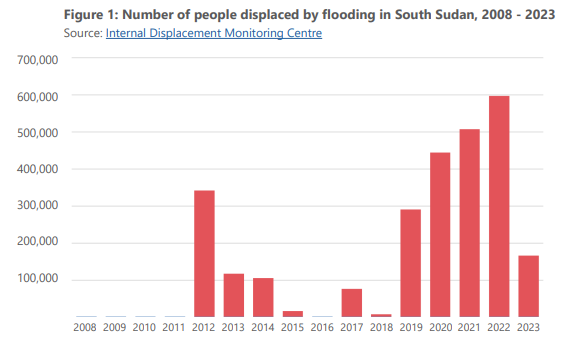
The recovery process from these floods will take years. Dr. Liz Stephens, professor in climate risks and resilience at the University of Reading, said, “It will certainly take years for the floods from 2021 to recede, because the land is disconnected from the main river, so floodwaters have to evaporate rather than drain away.” December to February are typically the driest months for South Sudan when the rivers subside and the Sudd wetlands air out. For more details on South Sudan’s seasonality, refer to the image below.
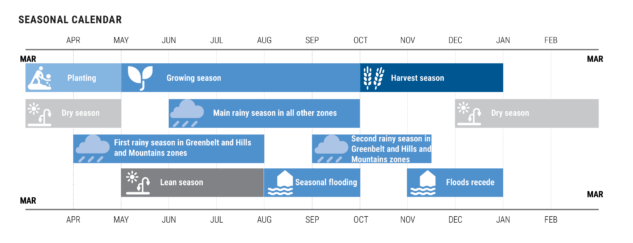
The effects of the flooding are severe and broad. In 2021, the flooding destroyed 161,055 acres (65,177 hectares) of agricultural land and killed 795,558 livestock. In 2022, flooding affected over 900,000 people, displacing 140,000 people across 29 counties. Another major flood event is likely to occur during the second half of 2024, threatening to worsen an already severe humanitarian crisis. In their food security outlook released in June 2024, FEWS NET said they are projecting a risk of Famine (IPC Phase 5) in South Sudan from June onward, “particularly in north-central Unity and other low-lying and flood-prone counties in the Sudd wetland area and river basins.”
Displacement
Critical drivers of displacement in South Sudan are conflict, persistent poverty, food insecurity and flooding. As of the end of December 2023, there were two million IDPs in South Sudan, and more than 2.27 million South Sudanese are refugees in neighboring countries as of June 30, 2024.
Of the five neighboring countries hosting South Sudanese refugees, Uganda hosts the most at nearly 42%. Most refugees are situated in remote and economically underserved areas. Host communities are often in an unstable socioeconomic situation themselves, and new refugees’ arrival could further exacerbate hardship.
Many displaced people have been forced to relocate multiple times to seek better living conditions or flee violence, particularly as those South Sudanese who fled northward into Sudan have again been displaced by violence and conflict there. Women, girls and people with disabilities are at risk of sexual violence, both inside displacement sites and when collecting fuel or food in surrounding areas.
A macroeconomic crisis, linked to a decade of conflict, is a driver of South Sudan’s humanitarian crisis and contributes to displacement. The 2023 Global Report on Food Crises highlighted other drivers of the crisis, including very high staple food prices that are a result of insufficient domestic food supplies; low foreign currency reserves and the weak national currency; high fuel prices; and reduced imports from neighboring Uganda. These factors result in limited access to livelihoods, lack of agricultural opportunities and continued insecurity, which forces people to flee their homes in search of safety and food assistance.
According to South Sudan’s 2023 Regional Refugee Response Plan (RRRP), “Some of the vulnerabilities and risk stem from exposure to endemic violence and the impact of climate chocks in the country of origin and others are magnified by prolonged displacement in situations where the needs outstrip the available resources for assistance, compounded by environments not conducive to self-reliance.”
The refugee crisis is a children’s crisis; children between the ages of 0-17 make up over 50% of the population, according to the 2023 RRRP. Refugee children face particular risks, including child labor, abduction and exposure to being trafficked.
Food insecurity
South Sudan remains among the most food-insecure countries globally. FEWS NET projects that 8-9 million people, or 65-70% of the population, will require food aid at the peak of the lean season (July-September).
The Integrated Food Security Phase Classification (IPC) is a common scale for classifying the severity and magnitude of food insecurity and acute malnutrition. The scale includes five phases, with Phase 1 meaning there is no or minimal acute food insecurity and Phase 5 meaning famine has been reached.
In their food security outlook released in June 2024, FEWS NET said, “Years of conflict and flooding have decimated livelihoods and eroded coping capacity, and multiple shocks are converging as the lean season approaches, including an ongoing economic crisis, high returnee burden, anticipated violence in advance of planned elections in December, and severe flooding projected to be worse than the 2020 and 2022 floods in extent and livelihoods impact.” Emergency (IPC Phase 4) outcomes are expected to expand to 41 counties in June to September 2024 with some households in Catastrophe (IPC Phase 5).
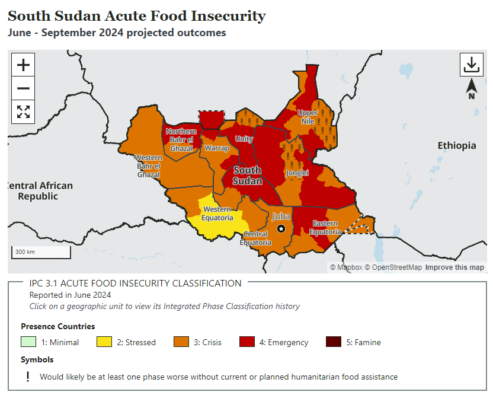
Poor health outcomes
South Sudan’s poor health indicators are due to limited access to health services, a shortage of health workforce and inadequate health infrastructure. Most of the neglected tropical diseases in South Sudan are endemic, posing a serious health threat. A hepatitis E outbreak was reported in the Abyei Administrative Area, and measles cases continue in other parts of the country as of June 2024.
South Sudan’s Ministry of Health (MoH) declared a Yellow Fever outbreak in Yambio County, Western Equatoria State. On Dec. 7, 2023, the MoH confirmed an imported case of cholera in the Renk Transit Center following an active outbreak in Sudan.
Across much of the country, the ongoing public health crisis characterized by rising acute malnutrition and endemic acute food insecurity means communities are highly vulnerable to further flooding.
During a complex humanitarian emergency, immediate needs include shelter, food, water, sanitation and hygiene, health care and protection of at-risk populations. These needs will continue through the course of the CHE.
Food assistance and livelihood support
Despite rising needs amid the continued arrival of South Sudanese refugees and returnees in the north, humanitarian assistance is not sufficient.
According to FEWS NET in June 2024, low-lying and flood-prone counties are of particular concern for potential famine conditions. They stated, “A scale up of funding for humanitarian assistance alongside a multisectoral response will therefore be critical to saving lives and livelihoods.”
The severity of food security and livelihood needs are concentrated in the same areas most affected by flooding. Hundreds of thousands of livestock were lost due to the floods, which is devastating given the importance of livestock for many people’s livelihoods and sustenance in South Sudan. Replacing livestock and diversifying livelihood opportunities is needed.
Physical and mental health
South Sudan’s health system is among the poorest in the world. There is a severe shortage of trained health professionals. There are growing demands for basic health care services, and flooding threatens the already fragile health system in the country.
The 2024 South Sudan HNRP says 6.3 million people need health services and assistance. In 2024, the health cluster will focus on providing “quality basic primary health care services and prevent health risks while strengthening the health care system.”
At-risk populations, including women, children, older people and persons with disabilities, have limited access to health care and face heightened risks of illness and mortality.
The arrival of thousands of people in South Sudan fleeing the conflict in neighboring Sudan strains the health system further and stretches humanitarian resources. The NGO Médecins Sans Frontières said in October 2023, “Many people, especially children, are arriving at the border with alarming health conditions, suffering from deadly diseases like measles or malnutrition that require immediate medical care.”
Years of conflict and the impact of COVID-19 have resulted in trauma and mental health conditions for a large proportion of the country’s population. Despite mental health and psychosocial concerns, access to mental health and psychosocial support remains lacking and is urgently needed along with life-skills education.
Protection
South Sudan remains a protracted protection crisis, with women and girls continuously at risk of being attacked while carrying out their daily routines as they care for their families’ needs. Gender inequality and disability exclusion in the country allow for the continued marginalization of at-risk groups, particularly women, girls, LGBTQI+ individuals and people with disabilities.
Ensuring the protection of affected people requires an understanding of overarching protection mainstreaming principles, as well as GBV response and prevention and child protection programming tailored to the context. The South Sudan Protection Cluster provides information and updates on humanitarian partner activities.
Water, sanitation and hygiene (WASH)
According to the 2024 South Sudan HNRP, 5.6 million people will require WASH assistance. Among the worst affected areas is Manyo in Upper Nile State, where 99% of the population lacks access to improved water sources and 96% lacks improved sanitation facilities.
In some counties, women and girls travel more than 30 minutes to reach water sources, making them vulnerable to gender-based violence.
In 2024, the WASH cluster will make some minimal hardware improvements where possible, rehabilitate existing water systems, complete water testing, distribute WASH-related items and promote safe hygiene practices. In flood-prone and flood-affected areas, any infrastructure repairs or improvements should account for flood risk in planning and ensure resilient infrastructure investments are made.
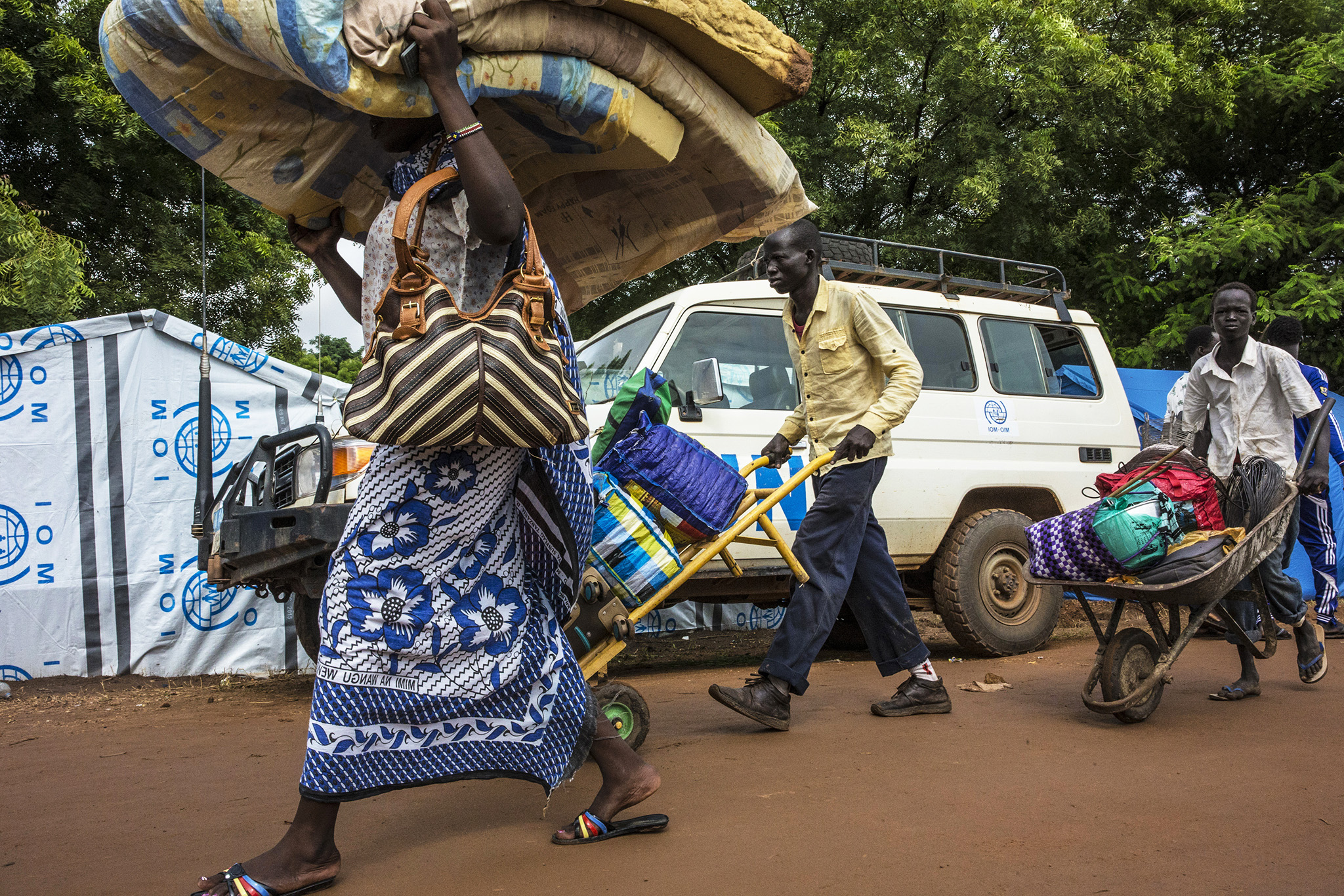
The Center for Disaster Philanthropy has a Global Recovery Fund that provides an opportunity for donors to meet the ongoing and ever-expanding challenges presented by global crises.
Contact CDP
Philanthropic contributions
If you have questions about donating to the CDP Global Recovery Fund, need help with your disaster-giving strategy or want to share how you’re responding to this disaster, please contact development. (Photo: IDPs in the capital of South Sudan relocate to a cleaner, drier location across town, under the protection of the United Nations Mission in South Sudan. Source: UN Photo/Isaac Billy; CC BY-NC-ND 2.0)
Recovery updates
If you are a responding NGO, please send updates on how you are working on this crisis to Tanya Gulliver-Garcia. We welcome the republication of our content. Please credit the Center for Disaster Philanthropy.
Philanthropic and government support
Grants from the philanthropic community vary in size, focus and sector. The following are examples of the diversity of philanthropy’s response:
- Center for Disaster Philanthropy (CDP) provided $750,000 through its COVID-19 Response Fund to Save the Children for the Local Response Pooled Fund in South Sudan. This pooled funding mechanism transfers resources and decision-making power over funding decisions to local actors. The project will fund 11 South Sudanese organizations to meet the most critical COVID-19-related humanitarian needs in remote and hard-to-reach areas of the country.
- CDP provided $250,000 through its Global Recovery Fund to the Near East Foundation to provide immediate, life-saving support to at-risk, crisis-impacted people in South Sudan and Sudan. The project will reduce the risk of food insecurity, recover livelihoods and build resilience to future shocks through improved agricultural production, inclusive value chain development and access to finance.
- Open Road Alliance provided $100,000 to CORE Group to support their COVID-19 response.
- Bill and Melinda Gates Foundation provided $291,200 to Adeso to support the development and implementation of actions that promote exchange, sharing, learning and coordination of COVID-19 related topics.
- The UN Trust Fund to End Violence Against Women provided $206,769 to Strategic Initiative for Women in the Horn of Africa to promote positive changes in attitudes, behaviors and practices to end sexual violence against women and girls in four camps for IDPs.
The HNRP 2024 for South Sudan seeks $1.8 billion to target six million of the nine million people estimated to be in need of humanitarian assistance. South Sudan’s 2023 HRP requested $1.7 billion to meet the needs of 6.8 million people targeted for assistance. As of Nov. 11, 2023, donors had funded just 53.8% of the 2023 HRP.
The U.S. Agency for International Development said on Feb. 22, 2023, that it would provide $3 million for agriculture resilience programs in South Sudan. On July 25, 2024, the U.S. announced more than $57 million in additional humanitarian assistance to address the urgent needs of hundreds of thousands of crisis-affected people in South Sudan.
In response to the possible spill-over of Sudan’s cholera epidemic into South Sudan, the European Union announced on Dec. 22, 2023, new funding of over $646,000 (€600,000) to South Sudan to help the country prepare and respond to the outbreak.
More ways to help
As with most disasters and emergencies, cash donations are recommended by disaster experts as they allow for on-the-ground agencies to direct funds to the most significant area of need, support economic recovery and ensure donation management does not detract from disaster recovery needs. Donors can help in the following ways:
- Provide unrestricted core funding for vetted humanitarian NGO partners that support the HNRP 2024. This is an efficient way to ensure the best use of resources in a coordinated manner. Funding the NGOs that have contributed to the HRP ensures that resources are directed to support the plan and use humanitarian partners’ best knowledge.
- Prioritize investments in local organizations. Local humanitarian leaders and organizations play a vital role play a vital role in providing immediate relief and setting the course for long-term equitable recovery in communities after a disaster or crisis. However, these leaders and organizations are mostly under-resourced and underfunded. Grant to locally-led entities as much as possible. When granting to trusted international partners with deep roots in targeted countries, more consideration should be given to those that empower local and national stakeholders.
- Understand that recovery is possible in protracted and complex crisis settings. Even while focusing on immediate needs, remember that there are early and long-term recovery needs, too. We know that people who have been affected by shocks in complex humanitarian contexts can recover and improve their situation without waiting until the crisis is over, which may take years. Recovery is possible, and funding will be needed for recovery efforts alongside humanitarian funding. Recovery will take a long time, and funding will be needed throughout.
- Recognize there are places and ways that private philanthropy can help that other donors may not. Private funders can support nimble and innovative solutions that leverage or augment the larger humanitarian system response, either filling gaps or modeling change that, once tested and proven, can be taken to scale within the broader humanitarian response structure. Philanthropy can also provide sustainable funding to national and local organizations.
Resources
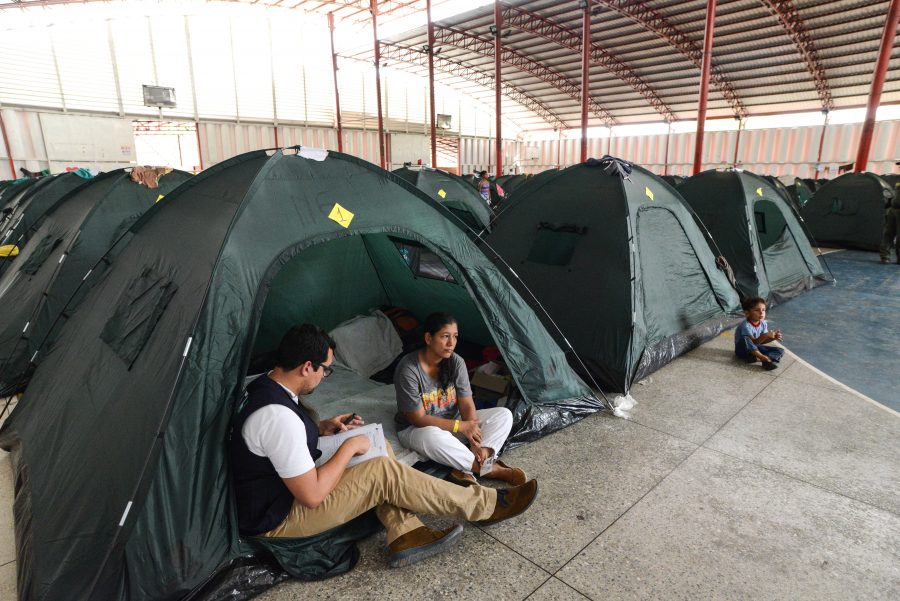
Complex Humanitarian Emergencies
CHEs involve an acute emergency layered over ongoing instability. Multiple scenarios can cause CHEs, like the civil wars in Syria and Yemen, the man-made political crisis in Venezuela, or the conflict in Ukraine.
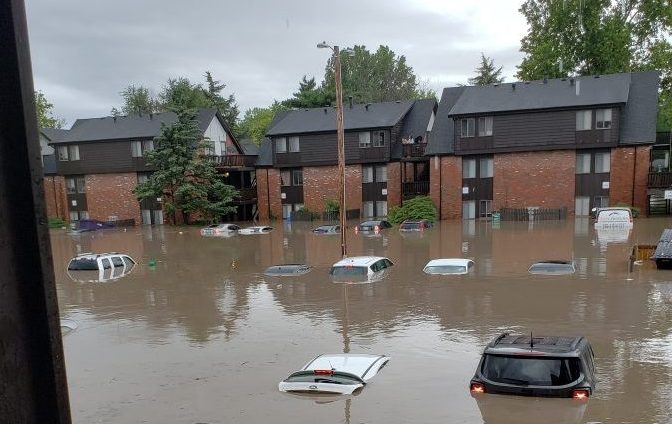
Floods
Flooding is our nation’s most common natural disaster. Regardless of whether a lake, river or ocean is actually in view, everyone is at some risk of flooding. Flash floods, tropical storms, increased urbanization and the failing of infrastructure such as dams and levees all play a part — and cause millions (sometimes billions) of dollars in damage across the U.S. each year.
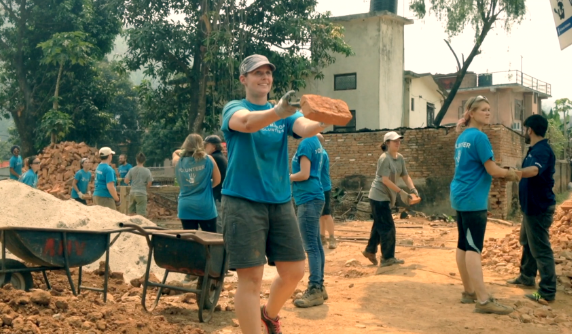
Resilience
The Latin root of “resilience” means to bounce back, but every field has its own definition and most individuals within each discipline will define it differently. Learn more.